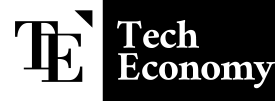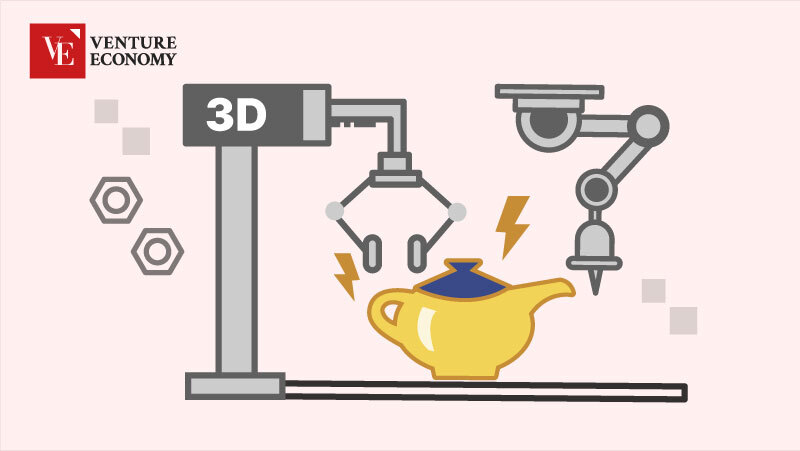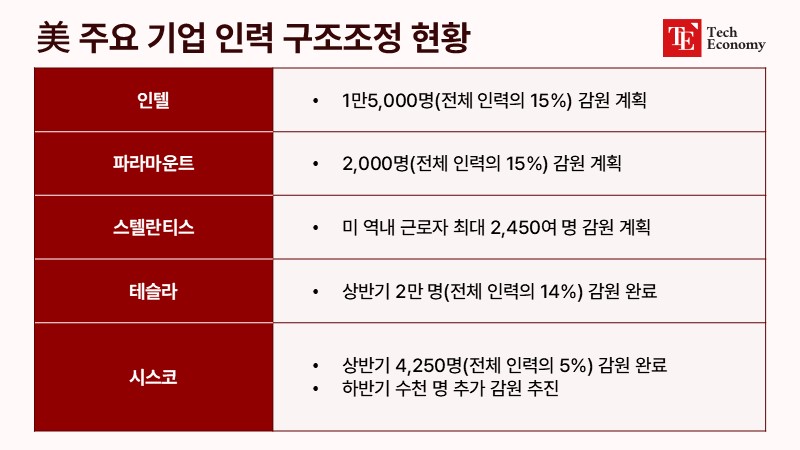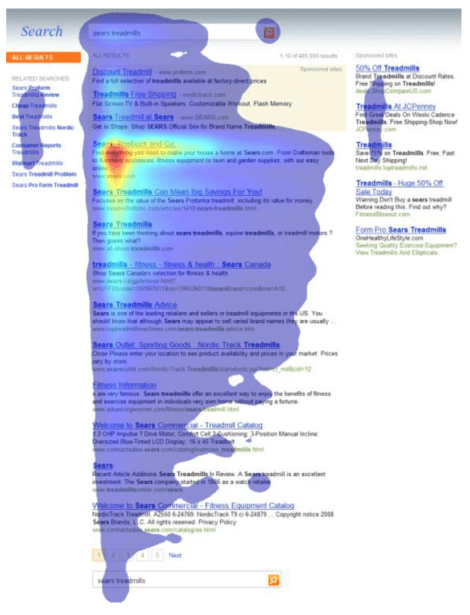[실리콘밸리] 10월3주차 – 제조업에 내려온 ‘램프의 요정’ 3D 프린팅 기술
전 세계 3D 시장 10년 내 830억 달러 전망 첨단 소재 시장도 호황, 27년까지 220억 달러 예상 여행도 보복 소비, 친환경 여행?
[실리콘밸리]는 Wellfound Inc (전 Angel.co)에서 전하는 해외 벤처업계 동향을 담았습니다. Wellfound Inc는 실리콘밸리 일대의 스타트업에 인사, 채용, 시장 트렌드 정보를 종합적으로 제공하는 기관입니다.
저희 벤처경제(Ventue Economy)와 영어 원문 공개 조건으로 콘텐츠 제휴가 진행 중입니다.
3D 프린터가 장기 기증자 부족 문제의 해답이 될 수 있을까요?
3D 프린팅과 적층 제조(Additive Manufacturing)의 발전은 기술 인재들이 새로운 기술을 모든 종류의 오래된 문제에 적용할 새로운 기회를 창출하고 있습니다.
“적층 제조”라고도 불리는 3D 프린팅은 층층이 구조물을 만드는 공정입니다. 기업가들은 금속, 플라스틱, 콘크리트, 종이, 폴리머, 심지어 살아있는 세포를 포함하여 이 공정에 사용될 모든 종류의 새로운 재료를 발명하고 있습니다. 전통적 제조 과정은 재료가 금속일 경우 이를 단조(두드리고 펴기), 주조(찍어내기), 절삭(자르고 깎기), 사출(뿜어내기) 등 가공과정을 거치므로 감산(減算) 제조(Subtractive Manufacturing)라고 합니다.
3D 프린팅은 자동차 제조업체, 전자 상거래 공장, 로봇 공학 및 자율 시스템에 의존하는 기타 분야와 같은 산업 환경에서 빠르게 발전하고 있습니다. 3D 프린팅은 AI 기술을 사용하여 부품의 형상을 정의하고 최적화하는 제너레이티브 설계 시스템과 궁합이 좋습니다. 특히 작고 정밀한 부품이 필요한 로봇 공학을 활용하는 산업 기업에게 매력적입니다.
전 세계 3D 시장이 10년 이내에 150억 달러에서 830억 달러로 성장할 것으로 예상되는 이유입니다. 이제 산업용 3D 프린팅 전용 벤처 펀드의 급격한 성장을 이해하실 수 있을 겁니다.
????️ 3D 프린팅으로 무엇을 할 수 있을까요?
창업자와 연구자들은 이 새로운 제조 공정의 가능성이 거의 무한하다고 말합니다. 여러 난제를 해결할 희망이 보인다고 하네요.
예를 들어, 장기 기증자 부족과 같은 문제를 해결할 수 있습니다. 현재 스타트업들은 첨단 열가소성 플라스틱을 사용해 장기를 3D 바이오프린팅하고 있습니다. 현재 장기 이식 수술은 비용이 엄청나게 비싸긴 하지만, 기증자가 대기하는 시간이 엄청나게 길다고 합니다. 비용 절감은 어렵지만, 최소한 대기 시간을 줄일만한 해결책이 될 수 있다는 의견도 있습니다.
또는 닥쳐올 식량 위기에 있어서도 유용합니다. 기업들은 이제 식량을 3D 프린팅하고 있습니다. 머지않아 식당에서 3D 프린팅 스테이크와 연어를 주문할 수 있을지도 모르지요.
주택난도 마찬가지입니다. 최근 미국의 두 회사가 협력하여 최초의 3D 프린팅 2층 주택을 건설했습니다. ICON과 Alquist3D와 같은 회사는 독특한 로프 모양의 콘크리트 벽을 가진 구조로 소셜 미디어에서 명성을 얻었습니다. 하지만 CAD로 모델링한 집이 햄스터를 위한 현대식 빌라로 변신하는 매혹적인 짧은 동영상에 속지 마세요. 간단한 구조물을 3D 프린팅하는 데는 며칠은 아니더라도 몇 시간이 걸릴 수 있다고 합니다.
여기서 한 걸음 더 나아가 ICON은 달에서 직접 재료를 공수하여 달에 인프라를 인쇄할 수 있는 건설 시스템 개발을 목표하는 ‘프로젝트 올림푸스’를 시작했습니다. 혹시 달 기지가 무너지면 어떡하냐고요? 걱정하지 마세요. 국제 연구팀이 벌 떼에서 영감을 받아 비행하면서 구조물을 건설하고 수리하는 자율 3D 프린팅 드론을 솔루션을 제공한다고 합니다.
플라스틱 쓰레기는 어떨까요? Reflow는 사용한 플라스틱병과 기타 플라스틱 폐기물을 3D 프린팅 재료로 재활용하는 새로운 방법을 고안하고 있습니다.
심지어 시각장애인도 도울 수 있다고 합니다. 칼리파 대학교의 연구원들은 색맹을 치료할 수 있는 3D 프린팅 안경을 개발했다고 밝혔습니다. 올해 초 뮌헨 공과대학교의 연구원들은 시각 장애인이 지팡이 없이도 길을 찾을 수 있는 3D 프린팅 햅틱 피드백 안경을 개발하기도 했습니다.
아마도 몇 년이 지나야 더 적절한 질문이 나오겠죠: 3D 프린팅으로 해결할 수 없는 문제는 무엇일까요?
⭐️ 회사 소개: nTopology가 기대되는 이유
엔토폴로지는 3D 프린팅 및 적층 제조의 최전선에 있는 뉴욕에 본사를 둔 스타트업입니다. 2015년에 설립된 이 회사는 차세대 설계 소프트웨어를 개발하는 데 전념하는 다재다능한 엔지니어들로 구성된 팀을 자랑합니다. 엔토폴로지의 소프트웨어는 의료, 제조, 항공우주, 자동차 등 다양한 산업 분야에서 3D 프린팅과 그 제조 방식을 개선합니다. 이 회사는 6,400만 달러 규모의 시리즈 D 투자를 유치했으며 엔지니어링, 마케팅, 영업, 운영 직군을 채용하고 있습니다.
???? 트렌드
???? 첨단 소재 강화 중
소재 기업들은 제조 및 설계를 위한 새롭고 지속 가능한 판을 짜고 있습니다.
첨단 소재 시장은 2022년 약 150억 달러 규모였으며 2027년에는 220억 달러를 넘어설 것으로 예상됩니다. 항공우주, 방위, 의료, 에너지 산업과 같은 첨단 산업 분야는 이러한 기업이 생산하는 핵심 첨단 소재에 의존하고 있죠. 최첨단 소재가 탄소 섬유와 케블라의 사례처럼 일상생활에 보편화될 날은 시간문제입니다.
과일과 채소에서 추출한 신소재로 매장 진열대에 있는 농산물을 보호하는 등 새로운 소재가 넘쳐나고 있습니다. 또한 많은 소재 생산업체가 유해 폐기물을 줄이는 채굴 및 금속 생산 방식을 도입하여 지속가능성을 위한 진전을 이루고 있습니다. 배송 컨테이너도 더 친환경적인 새로운 소재로 재탄생하고 있습니다.
벌써 ‘커머스’라고 불러도 될까요?
팬데믹은 이커머스가 주도권을 잡기 시작한 서막에 불과합니다. 불과 몇 년 전만 해도 이커머스가 차지하는 비중은 전 세계 소매 판매액 10달러 중 1달러에 불과했습니다. 올해 말에는 그 비중이 20%에 달할 것으로 예상됩니다. 미국에서는 이커머스 규모가 예상보다 2년 앞당긴 올해, 1조 달러를 돌파할 것으로 예상됩니다. 소비자의 60%가 오프라인 경험보다 온라인 쇼핑을 선호함에 따라 이커머스는 마케팅을 위한 새로운 길을 열어줄 것이며, 기술 인재들에게도 무궁무진한 분야가 될 것입니다.
???? 다시금 유행하는 여행병
가족이나 친구와의 재회, 단순한 일탈, 뭐든 좋습니다. 이제 여행은 많은 분야에서 다시 활기를 띠고 있습니다. 휴가 및 여행 산업은 코로나19의 영향을 가장 많이 받은 경제 분야 중 하나였죠. 많은 국가에서 여행 제한이 풀리면서 사람들은 여행에 대한 갈증을 마침내 해소하고 있습니다.
여행 업계의 선도적인 인사들은 이 재건의 시기를 활용해 더욱 탄력적인 여행 및 관광 산업을 만들고 있다고 하네요. 일부는 탄소 배출을 상쇄하는 데 집중하고 있으며, 다른 일부는 휴양과 휴가를 위한 더욱 본질적인 솔루션을 개발하고 있습니다.
???? 해외 투자 소식
매사추세츠주 케임브리지에 본사를 둔 의료 산업을 위한 IT 서비스 제공업체인 Quantori는 플린트 캐피탈이 주도하는 1,500만 달러의 시드 라운드를 유치했습니다. 소프트웨어 엔지니어링, 과학 정보학, 머신 러닝, 클라우드 컴퓨팅, AI 솔루션 등의 서비스를 통해 바이오 제약 회사와 의료 기관이 의료 서비스를 개선할 수 있도록 지원합니다.
애리조나주 피닉스에 본사를 둔 우주용 태양 에너지 회사인 솔레스티얼은 에어버스 벤처스가 주도하는 1,000만 달러의 시드 라운드를 유치했습니다. 이 회사의 핵심 기술은 우주에서 방사선 손상을 자가 치료할 수 있는 실리콘 태양 전지입니다.
Could 3D printers be the answer to the organ donor shortage?
Advancements in 3D printing and additive manufacturing (AM) are creating new opportunities for tech talent to apply new tech to all sorts of old problems.
3D printing, also called “additive manufacturing” (AM), is a process of creating structures layer by layer. Entrepreneurs are inventing all sorts of new materials to be used in the process, including metals, plastics, concrete, paper, polymers, and even live cells. There’s also subtractive manufacturing, which is basically AM in reverse.
This tech is advancing rapidly in industrial settings such as auto makers, e-commerce factories, and other areas relying on robotics and autonomous systems. AM pairs well with generative design systems, which use AI techniques to define and optimize the geometry of parts. All of this is catnip for industrial companies utilizing robotics that require small and precise parts.
That helps explain why the global 3D market is projected to grow from $15B to $83B in this decade and the proliferation of venture funds dedicated to industrial 3D printing
????️ What can 3D printing do for you?
Founders and researchers say there’s nearly boundless potential for these new manufacturing processes to help solve many thorny challenges.
Like donor shortages, for example. Startups are now 3D bioprinting organs using advanced thermoplastics. Though organ replacement is cost prohibitive now, some say it could be a solution long donor wait times in the U.S. and other countries.
Or the food crisis. Companies are now 3D printing food. On the menu: 3D printed steak and salmon.
Or the housing crunch. Two U.S. companies recently teamed up to build what they say is the first 3D printed two-story house. Companies like ICON and Alquist3D’s are gaining social media fame with their structures with unique rope-like concrete walls. Though, don’t be fooled by the captivating short-form videos of CAD-modeled houses turning into modern villas for a hamster; 3D printing a simple structure can take hours, if not days.
Taking things one giant step further, ICON launched “Project Olympus,” which aims to develop a construction system that could print infrastructure on the moon, using materials found on the moon. If those structures fail, an international team of researchers has the solution: a swarm of autonomous 3D printing drones inspired by bees that function in fleets to build and repair structures while flying.
What about plastic waste? Companies like Reflow are coming up with novel ways to repurpose used plastic bottles and other plastic waste into 3D printing materials.
How about blindness? Researchers at Khalifa University say they developed 3D printed glasses with the potential to cure color blindness. Earlier this year, researchers at the Technical University of Munich developed 3D printed haptic feedback glasses that allow people with visual impairments to navigate without a cane.
Perhaps in a few years the more fitting question will be: What can’t 3D printing help solve?
⭐️ Company feature: why we’re excited about nTopology
nTopology is a New York-based startup at the forefront of 3D printing and additive manufacturing. Founded in 2015, the company boasts a team of multifaceted engineers who are dead-set on building the next generation of design software. nTopology’s software to improve 3D printing and fabrication across a dizzying array of industries, from medicine and manufacturing to aerospace and automotive. The company raised a $64M series D and is hiring for engineering, marketing, sales, and operations roles.
???? Trending in Tech
???? Enhanced advanced materials
Materials Companies are building a new sustainable backbone for manufacturing and design.
The advanced materials market was valued at approximately $15B in 2022 and is projected to surpass $22B by 2027. High-tech industrial sectors like aerospace, defense, medical, and energy industries rely on critical, cutting-edge materials that these companies produce. Over time, these materials can become ubiquitous in everyday life, like in the case of carbon fiber and Kevlar.
The space is flooded with new directions like new materials derived from fruits and vegetables to protect produce on store shelves. And many materials producers are making strides in sustainability by implementing mining and metal production methods that reduce harmful waste. Even the ever-present shipping container is being reimagined with new more environmentally friendly materials.
???? Can we call it ‘commerce’ already?
The pandemic was only the beginning of e-commerce taking over. Just a few years ago, e-commerce made up just $1 of every $10 in global retail sales. That’s projected to reach 20% by the end of the year. In the U.S. e-commerce are on pace to break the $1T mark this year, two years ahead of schedule. With 60% of consumers preferring online shopping to the brick-and-mortar experience, e-commerce is set to open up new avenues for marketing and other arenas ripe for tech talent.
???? Return to wanderlust
Whether reconnecting with family and friends or to simply getting away, travel is roaring back in many areas. The vacation and travel industry was one of the areas of the economy that was most affected by COVID-19. With travel restrictions becoming a thing of the past in many countries, people are releasing their inner travel bug.
Leading minds in the travel industry are using this period of rebuilding to create a more resilient travel and tourism sector. Some are choosing to focus on offsetting carbon emissions, while others are developing more isolated solutions for retreats and getaways.
???? Startups In the News
Cambridge, Massachusetts-based Quantori, a provider of IT services for healthcare industries, raised a $15M seed round led by Flint Capital. Their services include software engineering, scientific informatics, machine learning, cloud computing, and AI solutions that enable biopharma companies and healthcare organizations to enhance healthcare practices.
Phoenix, Arizona-based Solestial, a solar energy company for space, raised a $10M seed round led by Airbus Ventures. The company’s core technology is a silicon solar cell that can self-cure radiation damage in space.




























